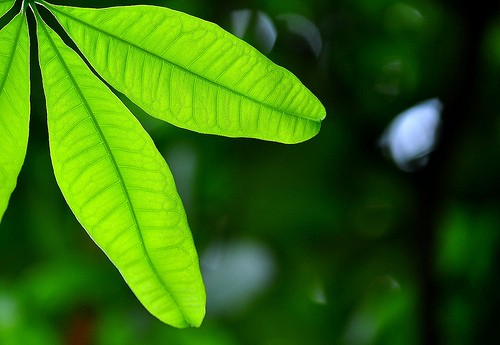Scientists are now closer to perfecting artificial photosynthesis, which will allow for the development of a new renewable energy source for electricity or fuel.
Sunlight is one of the crucial needs of a plant in order to survive. They harness solar energy and convert it into chemical energy, which is stored for future use.
Scientists from the California Institute of Technology (Caltech) developed a new "protective coating" as a significant solution that adresses an obstacle in the process of artificial photosynthesis, according to The Guardian.
Caltech professor and co-author of the new study Nate Lewis said that the film coating allows a major process in the artificial photosynthesis to be conducted at topmost effectiveness, stability and efficiency. It also prevents the dangerous mixing of oxygen and hydrogen.
The scientists are now hoping to develop "artificial leaves" or solar-fuel generators, which mimics the natural photosynthetic process of plants converting CO2, H20 and sunlight into fuel and oxygen.
Lewis' team is currently developing the artificial leaf at the Joint Center for Artificial Photosynthesis at Caltech. It is comprised of three key components: a membrane, a photocathode and photoanode.
The membrane component, which is usually plastic-based, acts as a separator for the hydrogen gas from the photocathode, and oxygen gas from the photoanode. Without it, the two gases would mix and potentially explode. With the membrane, the scientists are able to collect the gases and move it into a pipeline safely.
The new development puts the scientists closer to finally making a new renewable source of energy using artificial photosynthesis. The popular green sources such as solar and wind power still depend on the weather, whereas the artificial leaf can be made in a lab, according to Discovery.
"The availability of artificial photosynthesis technology could help mitigate climate change only if it is widely and actively adopted as an energy strategy at the international level," said Max Planck Institute for Chemical Energy Conversion chemist Dimitrios A. Pantazis.



























